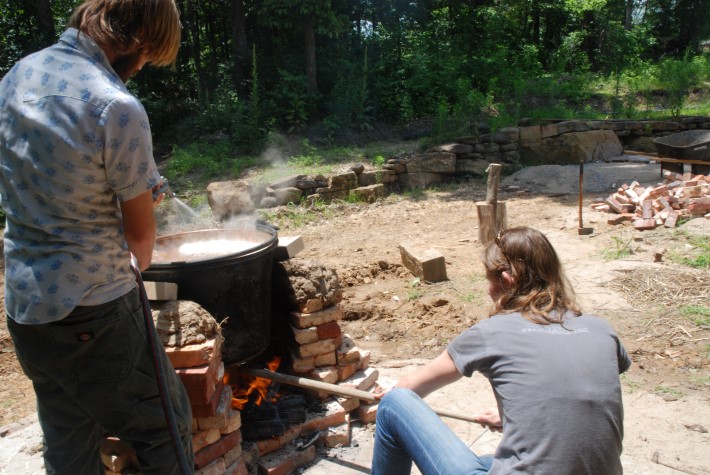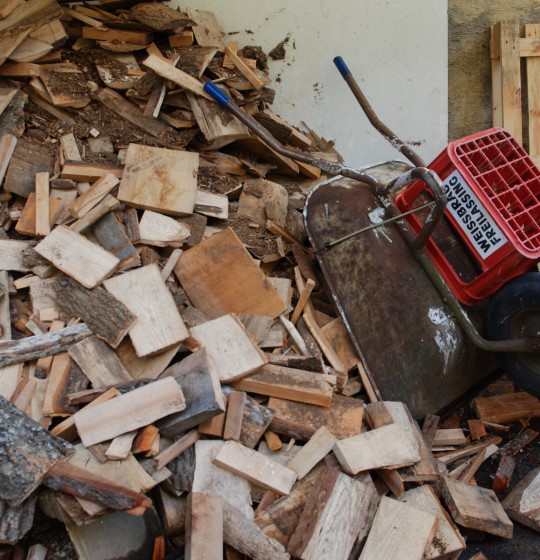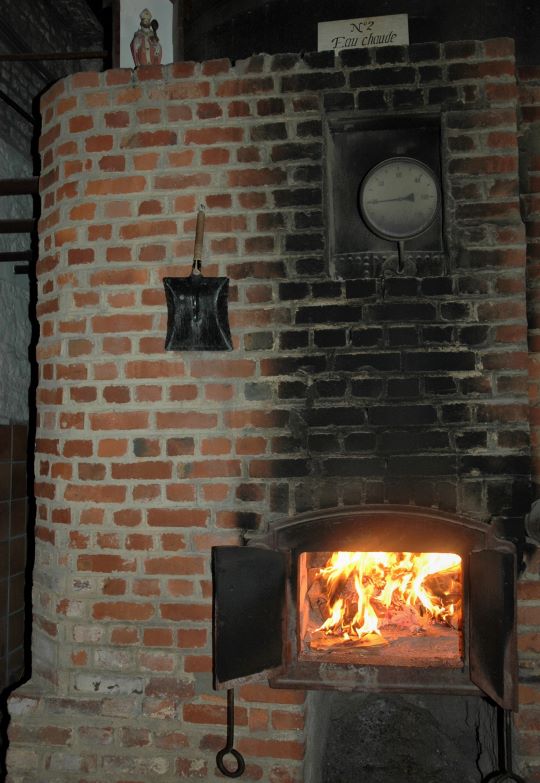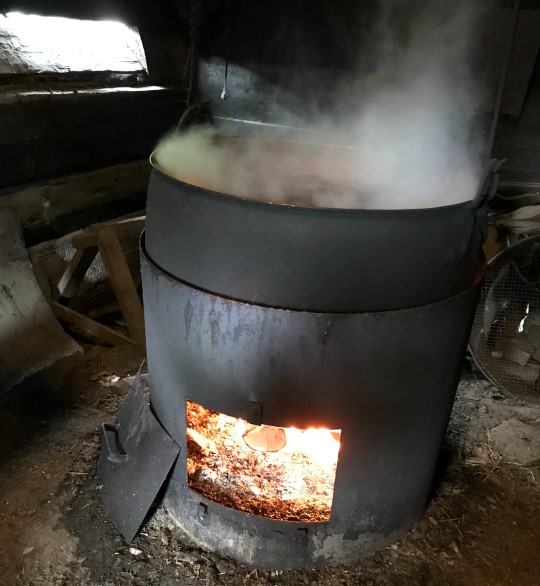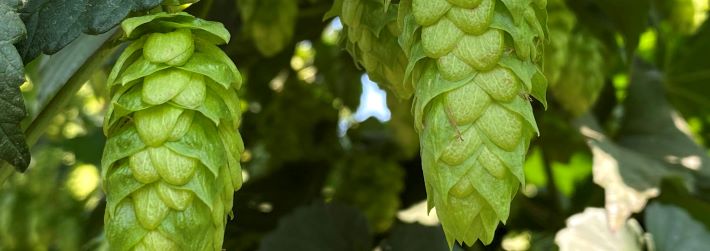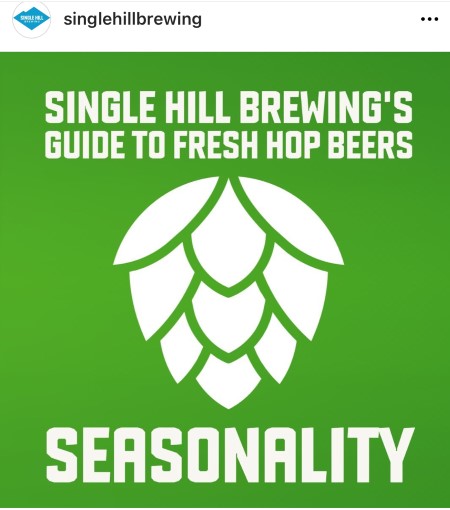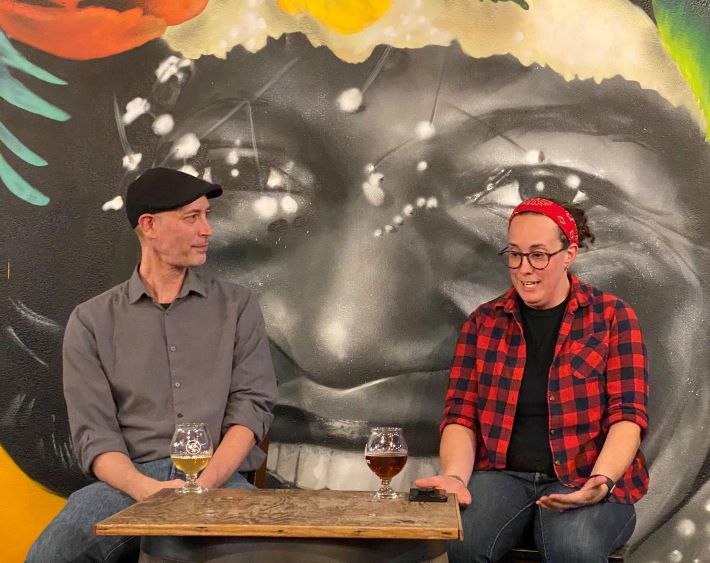
Jeff Alworth and Betsy Lay in conversation at Lady Justice Brewing.
This past week in her Hugging the Bar newsletter, Courtney Iseman expressed frustration with beer consumers who continue to support toxic breweries. She also suggests that there are many beer influencers act who should act more responsibly. A code of conduct for influencers — now, that’s an interesting idea.
But to return to the question she asks, “How do we get [consumers] to give a shit?”
Spoiler alert, her suggestion: “All I can think of right now is just to keep the conversation going. Because I do know so many people, who have nothing to do with craft beer and so don’t know all “the news and updates, but who love drinking it, who have been immediately receptive upon learning about issues with certain breweries. So, whenever you’re not too utterly exhausted, keep spreading the word and steering friends and family away from the baddies and toward the breweries and brands contributing to a better industry for all.”
If a change it going to come, that must be part of it. To that end, links to three posts worth talking about:
– An article — published in Civic Eats, so outside the beer bubble — to print out and keep for reference purposes. It is time to help make sure Betsy Lay is right when she says, “The door has been opened. It’s going to be very hard to shut it now.” That’s Lay at the top beside “The Beer Bible” author Jeff Alworth. Alworth was at Lady Justice, where Lay makes the beer, as part of a book tour promoting the second edition of his book. Not surprisingly, the conversation turned to just this topic. The next day, Alworth posted this:
